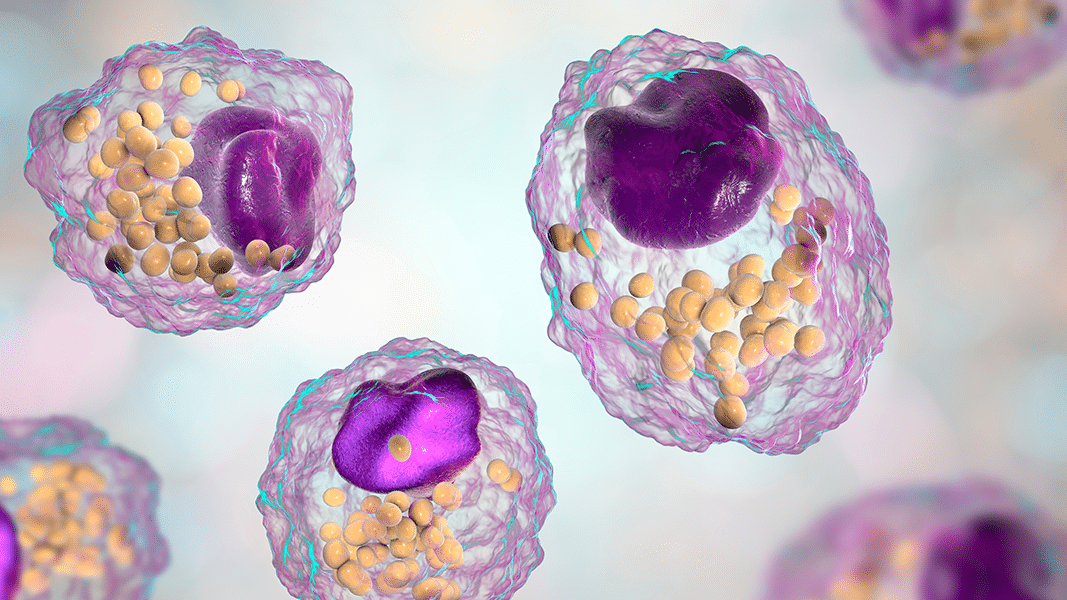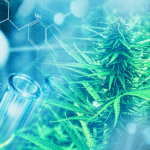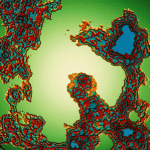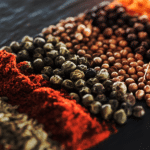Plant cannabinoids, such as cannabidiol (CBD) and tetrahydriocannabinol (THC), interact in interesting ways with endocannabinoids.
It has been known for some time that CBD acutely increases anandamide levels. The enhancement of cannabinoid tone is presumably responsible for some of CBD’s medical properties, from anti-psychotic actions to anti-inflammatory effects. Initial reports suggested that CBD inhibits FAAH, the enzyme tasked with breaking down anandamide. But subsequent studies didn’t back this up.
In 2009, scientists at Stony Brook identified fatty-acid binding proteins (FABPs) that shuttle endocannabinoids around the cell. The Stony Brook group subsequently discovered that CBD and THC can act as endocannabinoid reuptake inhibitors by displacing anandamide from FABP transport molecules, which prolongs the activity of endocannabinoids at the surface of neurons and other cells.
Now, a paper from Emma Leishman, Heather Bradwshaw, and other researchers at Indiana University has proposed yet another mechanism by which CBD elevates anandamide: promoting anandamide synthesis.
At the risk of sounding overly technical, here’s how it works: Enzymes going by the name phospholipase cut fats out of the cell membrane. Then phospholipase C (PLC) teams up with DAG lipase to produce 2-AG, while a similar enzyme called NAPE-PLD synthesizes anandamide.
In cell cultures or the brains of mice, applying CBD increased anandamide levels (along with many closely related fatty acids). But in mice genetically engineered to lack the anandamide synthesizing enzyme NAPE-PLD, CBD had nearly no effect. (Very strangely, anandamide levels were the same in mice without NAPE-PLD, indicating that anandamide can be synthesized in other ways.)
THC, meanwhile, tended to decrease the levels of anandamide and related lipids, although there were differences across the various experimental methods used. The authors also found that a mixture of THC and CBD changed the lipid profile of cells differently than either molecule alone. The 1:1 combination created “a mosaic of the individual drug results,” that was different from THC, CBD, or what would be expected from simply adding the two. This indicates a more complex interaction between the cannabinoids, which should not be surprising for anyone familiar with the entourage effect.
The effects of CBD are clearly manifold — the modulation of lipids was not quite the same across the researchers’ different models, perhaps because of the other molecular targets of CBD. The mechanism by which CBD would affect NAPE-PLD is still unclear. Yet these results affirm a number of consistent trends. CBD alters the balance between inflammatory and anti-inflammatory lipids, as does THC, and the two phytocannabinoids combine in non-obvious ways. There is a tendency for phytocannabinoids to reduce inflammation and elevate endocannabinoid levels, but this depends on the specific cell, animal, or experiment in question.
Adrian Devitt-Lee is a research scientist and longtime Project CBD contributor. © Copyright, Project CBD. May not be reprinted without permission.







